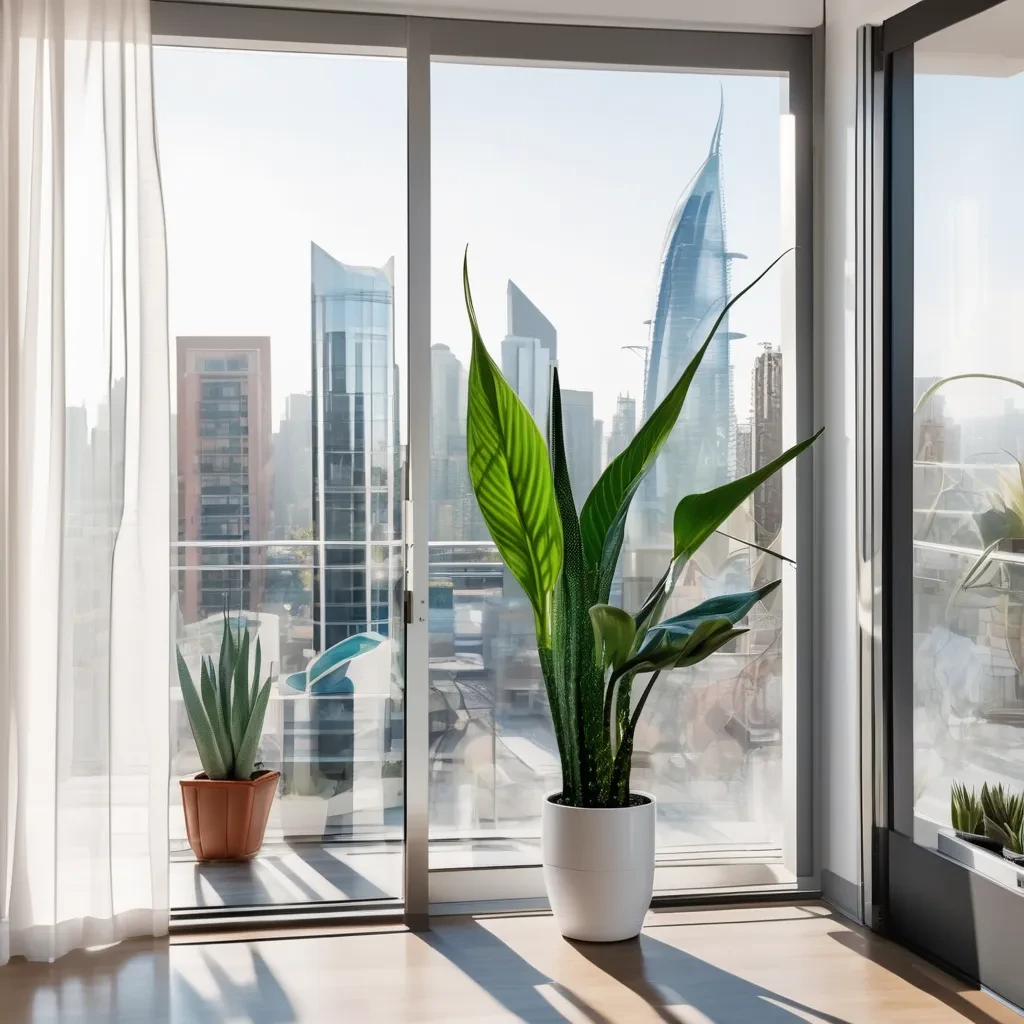
Top Air Purifying Indoor Plants for a Healthier Home 🌿
Why Indoor Air Quality Matters
Maintaining good indoor air quality is essential for both comfort and health. Many people spend a large portion of their time indoors—at home, in offices, or even on factory floors. Poor air quality can cause respiratory issues, allergies, fatigue, and even impact mood and cognitive function. Focusing on cleaner air isn’t just nice—it’s necessary for a healthier life.
Natural Solutions: How Plants Improve Indoor Air
As the interest in natural solutions grows, people are turning to air-purifying indoor plants. These plants not only beautify your space but also work silently to absorb pollutants through their leaves and roots, improving indoor air quality naturally. Plus, they add humidity and a calming presence to your environment—without the maintenance costs of electric purifiers.
The Top Air Purifying Indoor Plants Recommended by Experts
Air-purifying indoor plants aren’t just beautiful; they actively improve your living space. Here are top choices experts recommend:
Peace Lily
An elegant plant that removes toxins like ammonia and formaldehyde, while adding lush beauty to any room.
Spider Plant
Hardy, low-maintenance, and highly effective at filtering out pollutants like benzene and carbon monoxide.
Areca Palm
Highlighted in NASA’s Clean Air Study, this plant not only cleans the air but also acts as a natural humidifier.
Boston Fern
Excellent at removing airborne mold—up to 78%! Ideal for humid areas like kitchens and bathrooms.
Aloe Vera
Functional and beautiful, Aloe Vera not only purifies the air but also provides soothing gel for minor cuts and burns.
🌿 Tip: These top air purifying indoor plants bring both beauty and wellness benefits to your space!

Health Benefits of Air-Purifying Indoor Plants
Beyond cleaning the air, these plants provide a range of wellness boosts:
- Reduce stress: Greenery has been shown to lower anxiety and create a tranquil environment.
- Boost productivity: Plants help sharpen focus and improve creativity—perfect for workspaces.
- Strengthen respiratory health: Fewer toxins mean fewer illnesses, especially for allergy or asthma sufferers.
- Encourage mental well-being: Caring for plants can be therapeutic, bringing a sense of accomplishment and peace.
Plants do more than look pretty—they’re partners in living a healthier, more balanced life.
📚 FAQ: Top Air Purifying Indoor Plants 🌿
Yes! Research, including NASA’s Clean Air Study, shows that certain indoor plants help remove pollutants like formaldehyde, benzene, and carbon monoxide, improving indoor air quality naturally.
“NASA Clean Air Study Summary PDF”
The Peace Lily is often considered one of the fastest and most effective air purifiers. It quickly removes common toxins from indoor environments while adding beauty to your space.
Experts suggest having at least one air-purifying plant for every 100 square feet of space. Larger rooms may benefit from multiple plants grouped together.
Not always. Many top air-purifying indoor plants, like Spider Plants and Peace Lilies, thrive in low to medium light conditions, making them ideal for indoor spaces without direct sunlight.
Yes! By removing airborne toxins, mold spores, and allergens, plants like Boston Ferns and Aloe Vera can help reduce indoor allergy symptoms and improve respiratory health.
Tips for Selecting and Caring for Air-Purifying Plants
Choosing the right plant depends on your environment:
- Low-light spaces: Go for peace lilies or pothos.
- Sunny spots: Aloe vera and succulents thrive here.
- Water wisely: Touch the soil—only water when dry.
- Watch for pests: Use natural remedies like neem oil if needed.
- Repot and prune: Keep plants healthy and encourage growth.
🌱 Beginner Tip: Start with one or two easy-care varieties, then expand as your confidence grows.
Creating a Healthier and Happier Home with Plants
Air-purifying indoor plants transform your space into a cleaner, more inviting environment. Starting your indoor plant journey might seem daunting, but it’s packed with rewards: cleaner air, reduced stress, and vibrant decor.
There’s no need to wait—pick a plant today and start creating your healthier, happier home!




